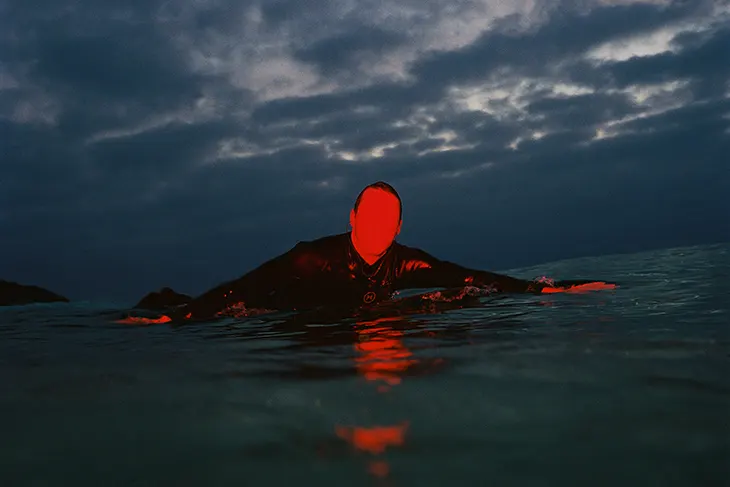
Despite living far from the ocean in Ljubljana, Primoz Zorko’s artistic process is profoundly shaped by the pull of the sea, a longing that fuels his creative practice. Over the past two decades, he’s traveled extensively, from the Canary Islands to Indonesia, always finding ways to stay connected to the waves. For Zorko, surfing is more than a sport, it’s a form of meditation and expression that blends joy with struggle, memories with dreams. His photography and art capture this duality, presenting surreal and subconscious landscapes that evoke his inner experiences.
ORDER IN PRINT and DIGITAL
In the conversation with DSCENE Magazine’s Editor Pavle Banovic, Zorko shares insights into how his dreams of surfing often shift from pleasant recollections to intense nightmares, mirroring the tension between presence and absence in his life. This emotional depth translates into his art, where he explores themes of longing, escapism, and hope. His journey also includes a shift from performance-focused surfing to a more alternative, classic style, reflecting his desire to reconnect with the roots of surfing.
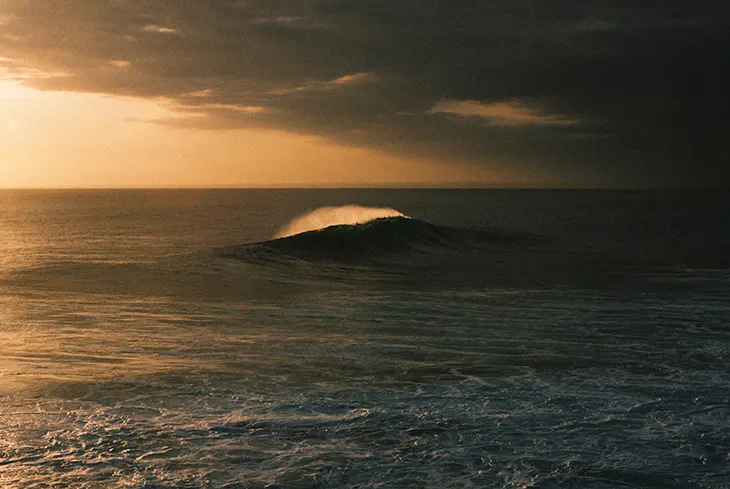
Can you describe how your passion for surfing influences your artistic process, especially when you are away from the ocean? – Surfing is my passion, maybe even more than that. It’s a crucial part of me, a core aspect of my identity. It is constantly present in my life in one form or another, so its influence on my artistic process is inevitable. Living in Ljubljana, far from the ocean, I frequently feel an overwhelming desire for surfing and the sea. My surfing experience is mostly indirect, either through online algorithms and visual representations of wave forecasts, subconsciously in the form of dreams, or through substitutes I find at home or create to cope with the deprivation. The longer the abstinence lasts, the more frequent my dreams become. The experience of surfing is slowly reduced to memory and the subconscious. What begins as a pleasant recollection gradually turns into nightmares as time passes. My art practice itself is a sort of substitute as well, offering me an alternative, meta-experience of surfing that, in the process, relieves the tension while also conveying this inner vast world to the outside for the viewer to experience.
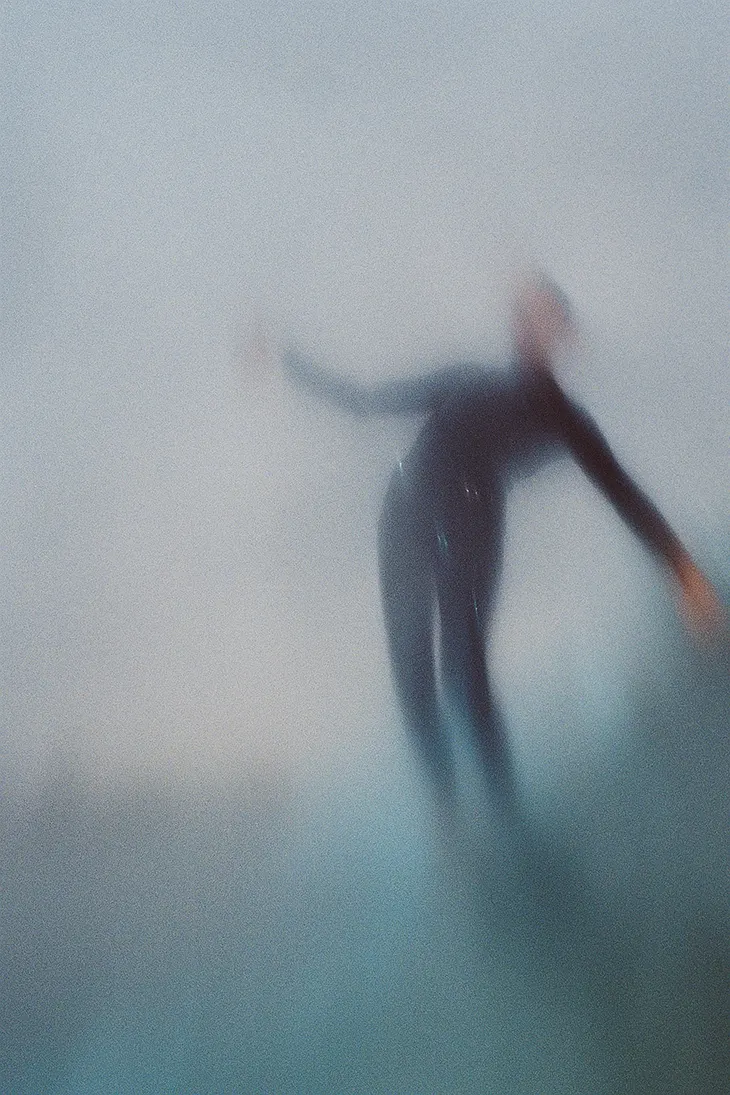
Your work seems to be deeply intertwined with the concept of dreams. How do you interpret the relationship between your dreams and your reality, particularly when it comes to surfing? – My dreams are an unconscious way of experiencing longing; they are visual renderings of it. This subconsciously created world of visuals and the emotions attached to it are then reinterpreted in my art. In this sense, dreams serve as an intermediary between the original experience and the artworks produced. At some point, everything, reality, dreams, daydreams, and fantasies, merges into one. I think dreams visually represent our emotional states, including hidden frustrations and fears, revealing them to us in a form we can grasp.
My dreams are an unconscious way of experiencing longing; they are visual renderings of it.

How do the themes of joy and pain, heaven and hell, play out in your work and personal experience with surfing? – I love surfing. And in love, there is always both joy and pain. This applies to everything in life. At certain times, we may feel one more strongly than the other, but they are both constantly present. These emotions can even fuse or coexist simultaneously in our perception. This ever-present duality, experienced as oneness, is something I aim to express in my work. Some individual pieces represent a specific ratio of joy and pain, heaven and hell, but the broader body of work captures the entire spectrum, just as it exists within a person.
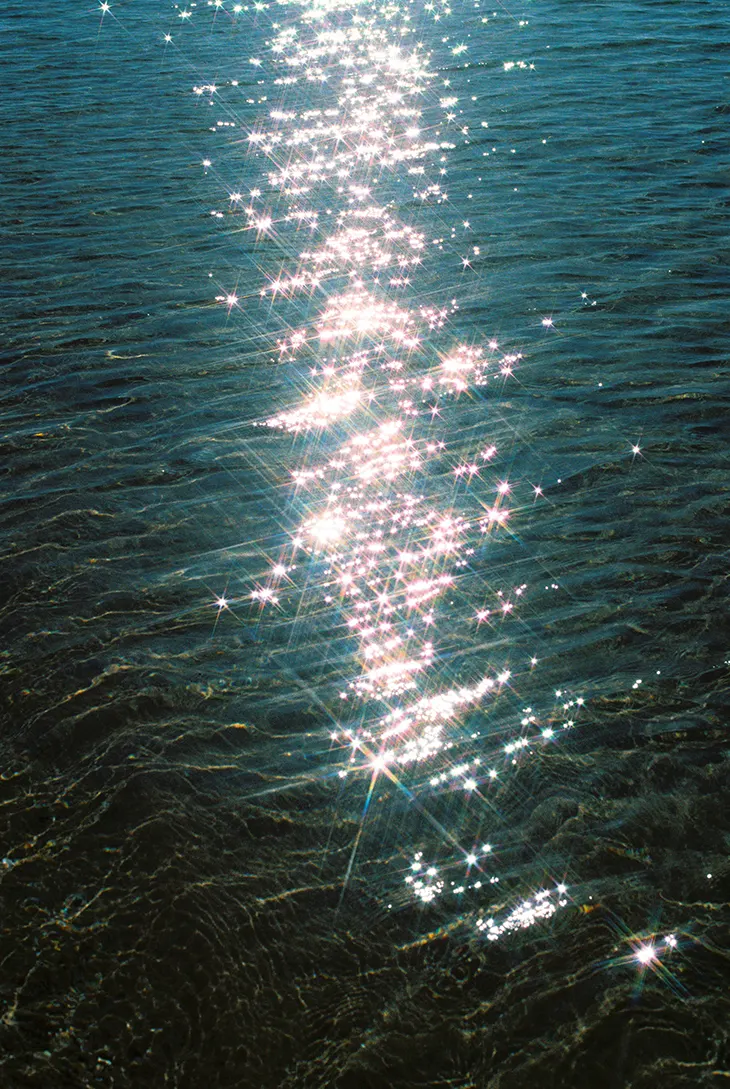
Your photography often depicts surreal and abstract landscapes. Do these images reflect something personal? – Yes, I think so. As mentioned earlier, they reflect my inner emotional landscape, making them very personal. At the same time, and especially when observing a single photograph, one might find the image much less abstract and more “real,” sometimes even reminiscent of everyday life, which I think is great. It plays with the idea of how context and narrative influence our perception and interpretation of the world.
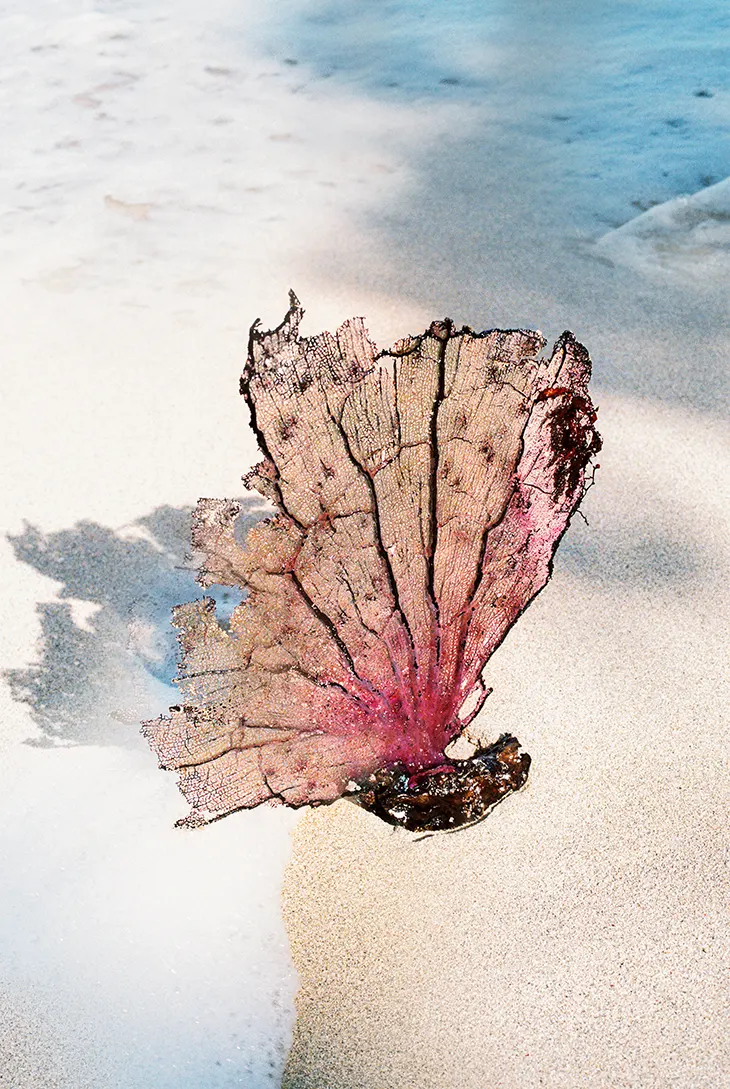
As time goes on, the emotional weight of surfing deprivation causes these dreams to gradually turn into nightmares, reflecting the frustration of unfulfilled desires.
The transition from pleasant memories to nightmares in your dreams suggests a deeper psychological journey. How do you interpret this transformation? – In reality, my surfing experience is predominantly pleasant. Therefore, my memories of it, whether consciously recalled or dreamt, are also pleasant. However, as time goes on, the emotional weight of surfing deprivation causes these dreams to gradually turn into nightmares, reflecting the frustration of unfulfilled desires.
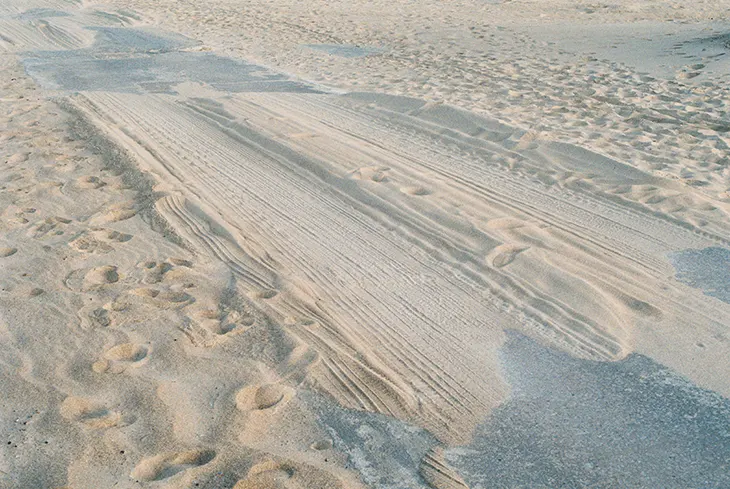
You cite Benjamin Clementine’s words that resonate with hope. How does hope influence your work, especially when you explore themes of longing and deprivation? – I think hope is something intrinsic to me. It’s probably part of every person, it’s what we need to move forward in life, to live. It pulls us toward the good when we’re facing the darker aspects of life. In my case, even when I feel overwhelmed by the complexity and heaviness of emotions, I know what I’m feeling will pass, so there’s always hope. I can let go and simply experience what I feel, live with that feeling, and move forward. Making art is also a way of achieving this. Hopefully, the viewer experiences this sense of hope as well. In the end, it’s not just about surfing but about universal human emotions and experiences.
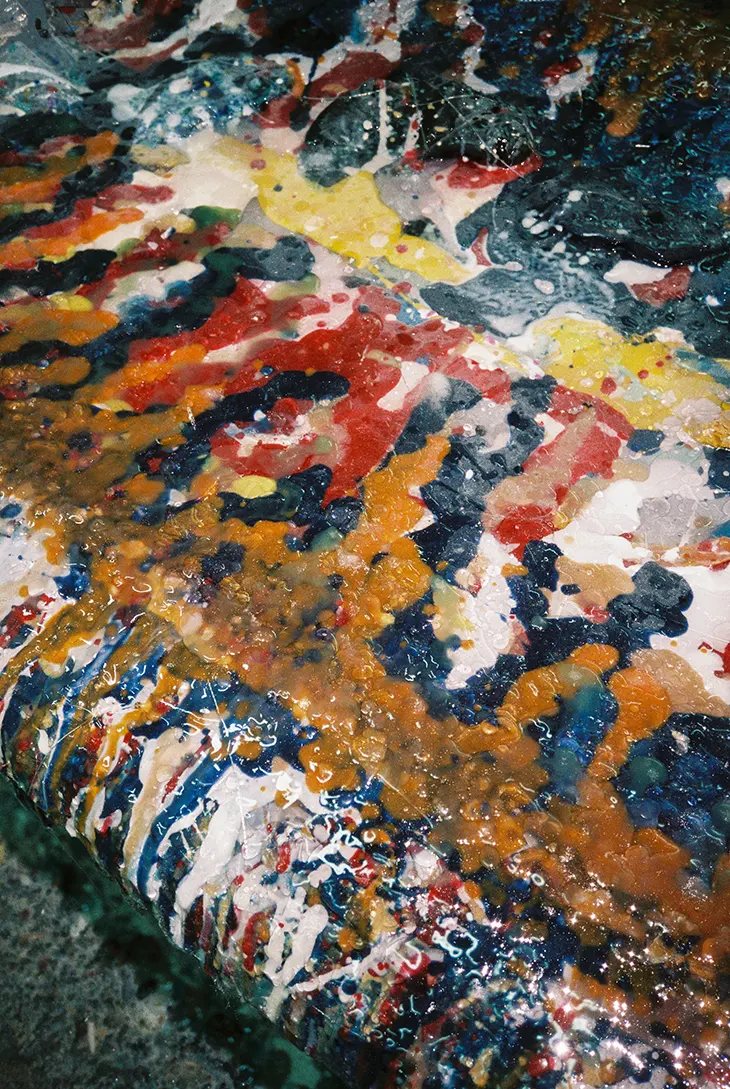
In what ways do you see your art as a form of escapism? Do you find solace in creating these visual substitutes for surfing? – I do, but I wouldn’t call it escapism. It’s more of a process in which I pay attention to my inner self, recognize my feelings, and understand where they come from (with dreams often helping in this). Then, I stick with those feelings and find visual representations for them. So, I see it more as a form of therapy rather than escapism. This is especially true in my photography, particularly in the ‘But I Won’t Complain’ series. However, I am now exploring surfing from a broader perspective, which is leading me toward more sculptural and installation work that I look forward to presenting next year.
Do you believe in magic? – Life is magic.
Originally published in DSCENE Wicked Wonderland Issue.

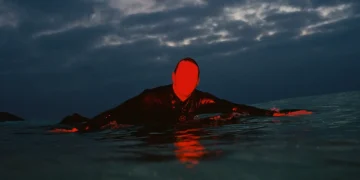














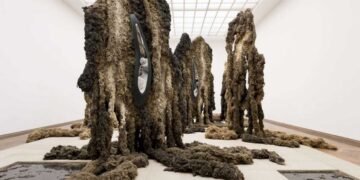
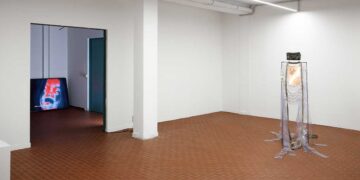
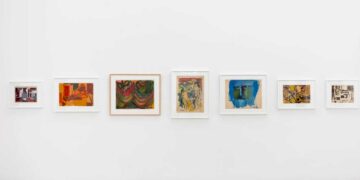
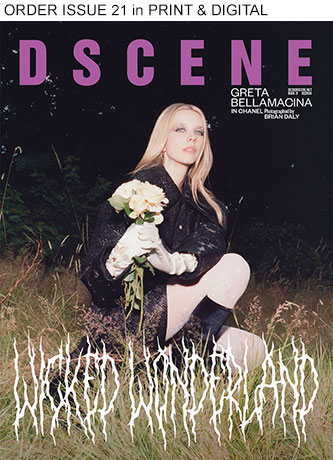

His photography is mesmerizing! I have to get the new dscene issue !